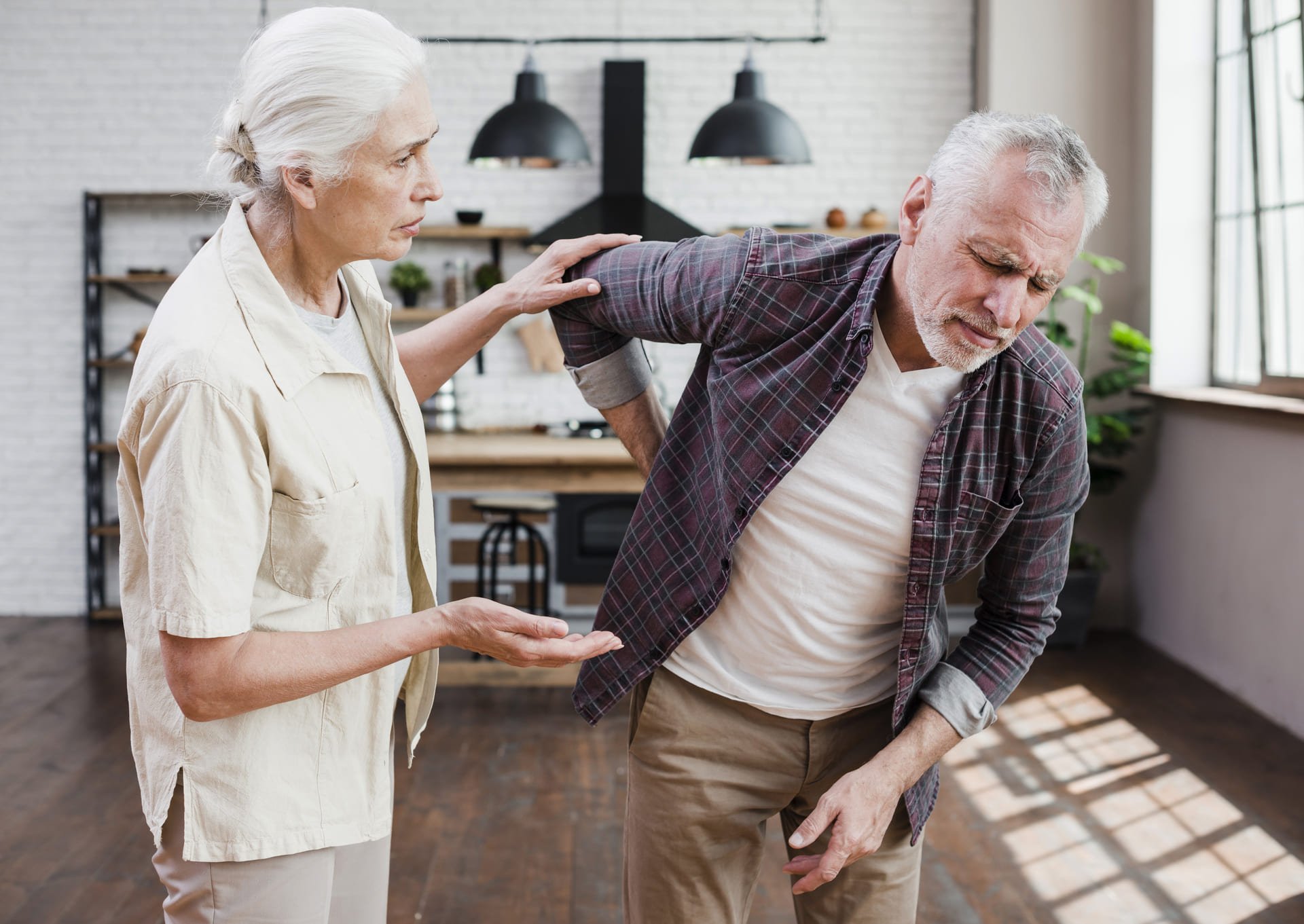
Rheumatoid arthritis (RA) and Running
Traditionally associated with the elderly, rheumatoid arthritis actually affects people of all ages. There are currently 1.2 million children and approximately 2.7 million under 25s living with arthritis in the world as per WHO.
Rheumatoid arthritis (RA) is an autoimmune disorder that particularly affects the synovial membranes. Affected synovial membranes produce an excess of pro-inflammatory cytokines and chemokines, such as tumor necrosis factor (TNF)-a, interleukin (IL)-6, IL-1b, and stromal cell-derived factor 1, which destroy the joints and cause pain and a restricted range of motion. Other than the joints, RA also affects major internal organs, including the heart, lungs, liver, and brain. The progress of these arthritic and systemic symptoms reduces patients’ activities of daily living (ADL), and because it causes a variety of disabilities, RA is a disease of public health importance, and it must be managed as such.
In RA treatment, priority is given to pharmacotherapy.
Generally staying active is very beneficial for the joints, the muscles, the heart, and the mind. Many sufferers of rheumatoid arthritis forgo exercise, but the reality is keeping active may just be the very best remedy. Exercises such as cross-training, body strengthening, posture, core stability, and balance will all help to offset the effect of any arthritis but In case you have Rheumatoid arthritis (RA), it may hamper your daily workout especially running and other exercises which are strenuous for your knees and legs.
In that case, Listen to your joints first. “Adjust your workout to accommodate your body,” Dr. Siegrist says. “If you take a spinning class and it hurts when standing on the pedals, sit – but keep pedaling. By modifying your activities, you can do the things you want to do.”
Also, Start with a basic level of fitness that incorporates strength, endurance, and flexibility, such as walking, and then work your way up. When it becomes easy, then it’s OK to kick it up a notch to see how your body responds. However, If you have damage in the lower extremities, then no jogging or hard aerobics is recommended. If it’s in the upper extremities, an exercise that involves these joints, such as boxing and heavy weight lifting, could pose a problem. Therefore one has to be really cautious
of heavy workouts with rheumatoid arthritis.
Fortunately, In recent years, a paradigm shift has occurred in RA pharmacotherapy due to the arrival of biological disease-modifying anti-rheumatic drugs (bDMARDs), and it has become possible to minimize joint destruction. However, bDMARDs have the disadvantages of adverse drug reactions and high costs, and they can only be used in limited cases. Exploring other modalities of treatment of RA is therefore becoming increasingly important. One of them can be looking for natural supplements which can heal and rejuvenate bones and muscles and don’t pose any threat of side effects.
References
1. https://www.arthritis.org/health-wellness/healthy living/physical-activity/success-strategies/high intensity-exercise-and-rheumatoid-arthritis
2. https://www.runnersworld.com/uk/training/ motivation/a774099/running-and-its-benefits-for arthritis/


